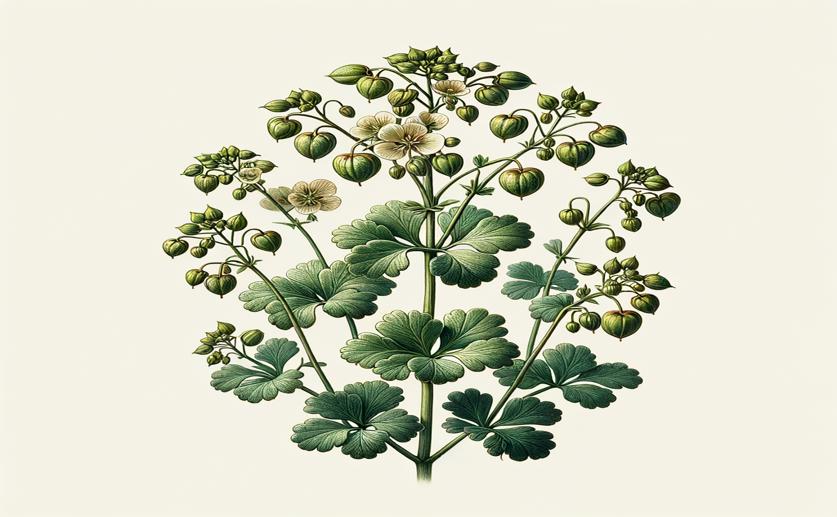
Exploring the Genetic Roots of Shepherd's Purse
Jim Crocker
6th March, 2024

Image Source: Natural Science News, 2024
Key Findings
- Scientists mapped the shepherd's purse plant genome, revealing its chromosomes' structure and evolution
- Both sets of chromosomes in shepherd's purse are equally active, showing no single dominant genome
- The plant's widespread hybrid chromosomes suggest it originated from a single event, not multiple
GeneticsPlant ScienceEvolution
References
Main Study
1) Origin and diversity of Capsella bursa-pastoris from the genomic point of view.
Published 5th March, 2024
Journal: BMC biology
Issue: Vol 22, Issue 1, Mar 2024
Related Studies
2) Gradual evolution of allopolyploidy in Arabidopsis suecica.
3) Geographical pattern of genetic diversity in Capsella bursa-pastoris (Brassicaceae)-A global perspective.
4) Assembly of allele-aware, chromosomal-scale autopolyploid genomes based on Hi-C data.
5) Welcome to the big leaves: Best practices for improving genome annotation in non-model plant genomes.



 3rd March, 2024 | Jenn Hoskins
3rd March, 2024 | Jenn Hoskins